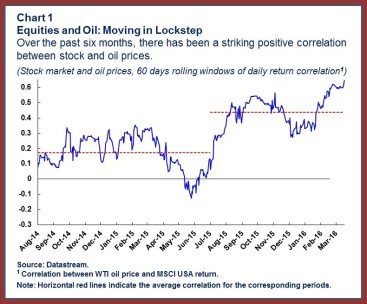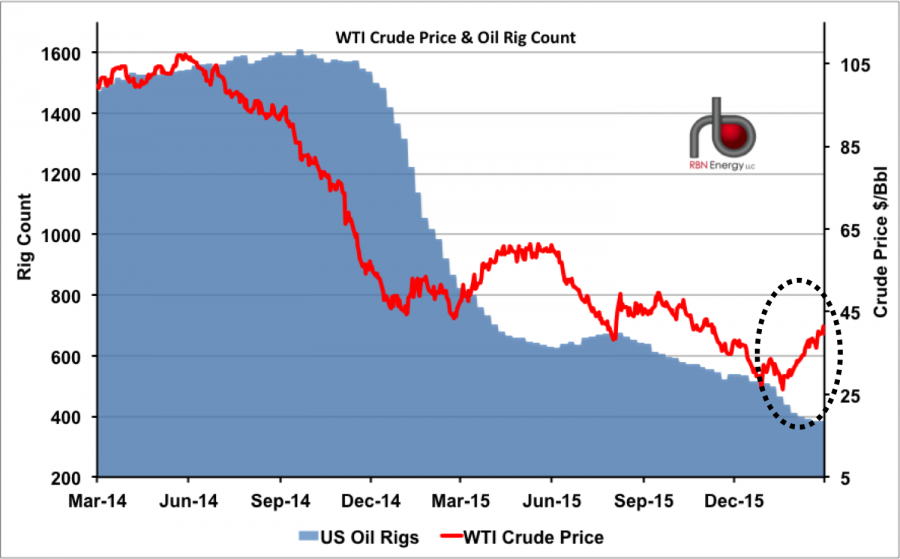I wouldn't touch the former, a little voice keeps saying Ackman is nothing more than fortuitous leveraged beta with a sidecar of front-running but it's an interesting way of looking at things. Having said that out in public, it'll probably double.
As to Loeb, maybe.
From Barron's:
Closed-end funds run by these hedge fund pros trade at a discount to net asset value.
Few prominent investors have performed as
badly in recent years as Bill Ackman of Pershing Square Capital
Management. Battered by the collapse of
Valeant Pharmaceuticals International
and other stock losses, Ackman’s publicly traded, overseas-listed closed-end fund,
Pershing Square Holdings,
fetched $14 a share late last week, down from an August 2015 peak
of nearly $30. The fund’s net asset value was down 25.2% this year
through March 22, after a loss of 20.5% in 2015. The Standard &
Poor’s 500 index was about flat last year.
While
many investors want nothing to do with the controversial Ackman,
intrepid buyers could score with shares of the $3.8 billion fund, which
trades in Amsterdam (ticker: PSH.Netherlands) and on the Pink Sheets
(PSHZF). The fund offers the best way for retail investors to play a
possible rebound in Ackman’s fortunes, via a concentrated portfolio of
stocks that includes
Air Products & Chemicals
(APD),
Zoetis
(ZTS),
Canadian Pacific Railway
(CP),
Restaurant Brands International
(QSR), and Valeant (VRX).
The
fund trades at an 11% discount to its NAV of $15.69 a share as of March
22, and is well below its October 2014 offering price of $25. It has
investments and performance similar to
Ackman’s main hedge fund, Pershing Square.
Pershing Square Holdings and activist investor
Dan Loeb’s
Third Point Offshore Investors
(TPOU.UK), a closed-end fund listed in London, offer retail
investors access to hedge fund strategies with some key advantages over
regular hedge funds. These include daily liquidity, no minimum
investment, and a discount to NAV.
In
the U.S., individual investors often need to be “qualified”—that is,
have substantial income and liquid net worth—in order to buy hedge
funds. The Ackman and Loeb funds, in contrast, can be purchased through
many brokerage firms, including Merrill Lynch and Fidelity, without
restrictions. Charles Schwab allows purchases with some restrictions,
but Morgan Stanley allows only qualified investors with a net worth of
$25 million or more to buy the two funds, as they aren’t registered in
the U.S.
Third Point Offshore also
trades lightly on the Pink Sheets (TPNTF). It traded around $13.25 last
week, a 16% discount to its Feb. 29 NAV of $15.81. The NAV probably has
risen since, as the S&P 500 is up 5% so far in March. The fund
invests directly in Loeb’s main Third Point hedge fund.
In
the case of Pershing Square, investors also benefit from an elevated
“high-water mark.” Since Pershing Square Holdings is way below its peak
level, the NAV would have to rise about 70% for Ackman to start earning
his incentive fee. “This offers investors a substantial
performance-fee-free recovery,” wrote Jefferies analyst Matthew Hose
earlier this month. He has a Hold rating on the fund.
Pershing
Square Holdings charges an annual base fee of 1.5% and a performance
fee of up to 16%. Third Point Offshore has an annual base fee of 2% and a
20% incentive fee, the same as Loeb’s hedge fund.
While
the rewards could be substantial, there are plenty of risks associated
with Pershing Square Holdings, stemming from its concentrated positions,
use of leverage, and Ackman’s investment style, which included an
outspoken defense of Valeant, even as the drug company’s sales practices
came under fire.
The fund sold $1
billion of debt last year to leverage its holdings, and Standard &
Poor’s recently threatened to downgrade the bonds’ triple-B credit
rating because of declining asset coverage. That prompted Ackman to
raise $835 million for the fund by selling 20 million shares of
Mondelez International
(MDLZ), the packaged-foods company.
It remains to be seen how well Ackman can
hold together his organization, given the poor performance and bad
publicity. He couldn’t be reached for comment, but in his annual
shareholder letter, released on Thursday, he wrote that, at the current
discount to NAV, Pershing Square Holdings investors are “paying almost
nothing for our investment in Valeant” and that the fund’s overall
portfolio is “at a substantial discount to the intrinsic value of the
companies we own.”
THIRD POINT OFFSHORE INVESTORS
might be a better play than Ackman’s overseas vehicle. The $750 million
fund could be the only way to get exposure to Loeb’s investing, as his
main hedge fund is closed to new investors. When open, the fund’s
minimum was a stiff $10 million. Loeb’s firm runs $16 billion....
MORE
And as to Greenlight Re and Third Point Re, based on our overall view of the re/insurance biz and depending on what specific hazards they have insured, they might be shorts.


